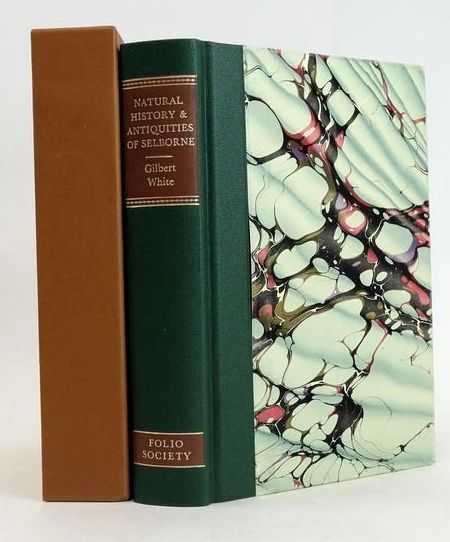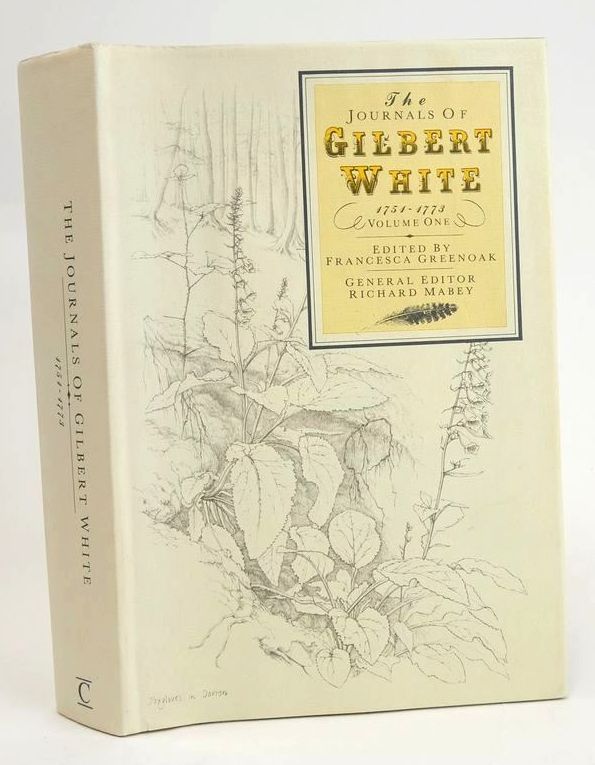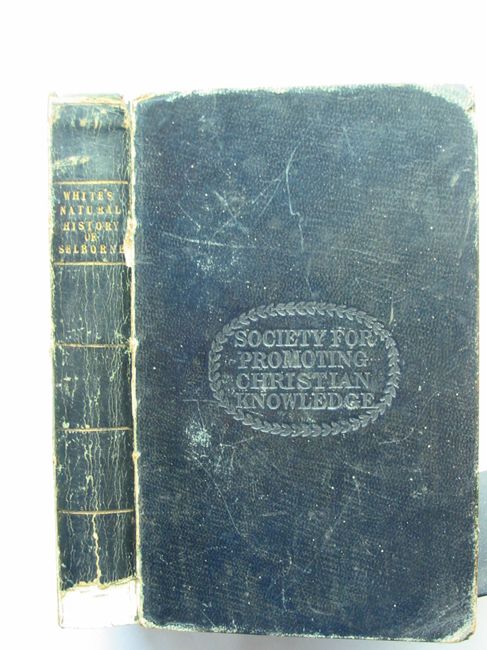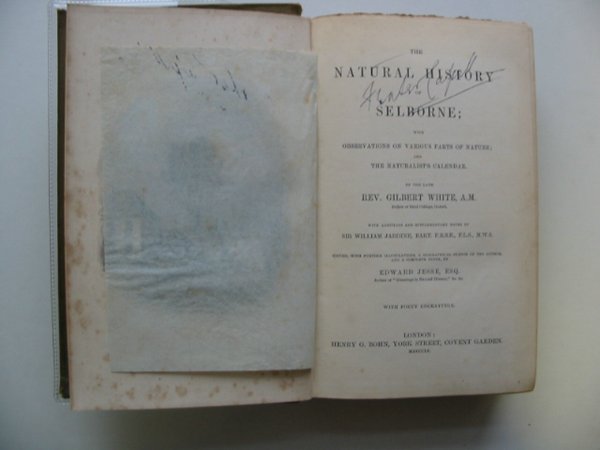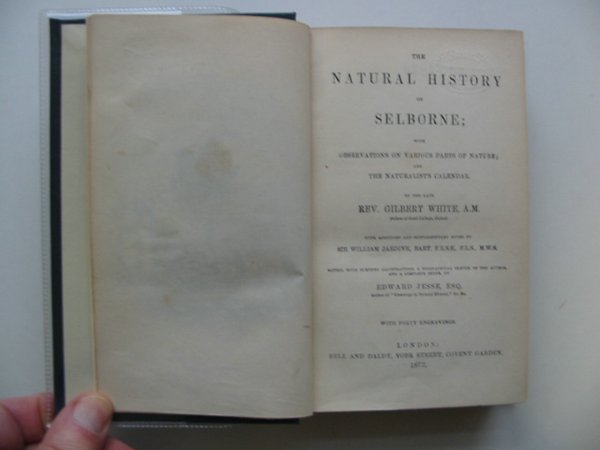The Natural History of Selborne by Gilbert White
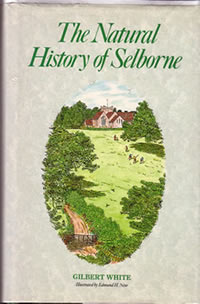 How could the combination of a sleepy Hampshire village and a country vicar with no scientific training produce the best known general Natural History book of all time?
How could the combination of a sleepy Hampshire village and a country vicar with no scientific training produce the best known general Natural History book of all time?
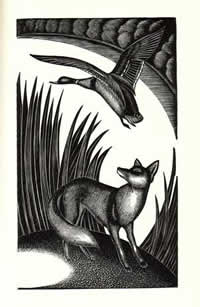 The book is written as a series of letters. The first nine letters are a fraud in that they were never posted and were written after the "real" letters, many of the "facts" are wrong and yet the book has never been out of print since its first publication in 1789. Indeed it has turned sleepy Selborne into a major tourist venue. So why has "The Natural History and Antiquities of Selborne in the County of Southampton" been such an outstanding success?
The book is written as a series of letters. The first nine letters are a fraud in that they were never posted and were written after the "real" letters, many of the "facts" are wrong and yet the book has never been out of print since its first publication in 1789. Indeed it has turned sleepy Selborne into a major tourist venue. So why has "The Natural History and Antiquities of Selborne in the County of Southampton" been such an outstanding success?
Accurate Observation
When White was born in 1720 much of the scientific natural history was nothing of the sort and consisted in part of fables and oft-repeated folk lore such as - Swallows spend the winter asleep under water in ponds... White had a classical education, had plenty of time and was a detailed observer.
"By my journal for last autumn it appears the house martins bred very late...November the 3rd when twenty house martins were playing all day long".
It was also a time when an amateur could truly make new discoveries. That time has passed and now our scientists pursue in incredible depth very narrow subjects whereas White wanders from Tortoises to Turnip Infestation with a sweep of the pen.
A Picture of Life as it was
The letters also provide a vivid picture of day to day life, albeit of a man who did not need to work for his living and for whom the passage of ten years to debate some ornithological question was of no consequence. Passages about sand martins could have been written today but a Witch being drowned in a horse-pond in Tring seems to come from very long ago not 1751. White also observed in 1783 a rust coloured sun at noon which was lurid and blood coloured at rising and setting. An accurate observation of an event we now know was caused by the eruption of Krakatoa.


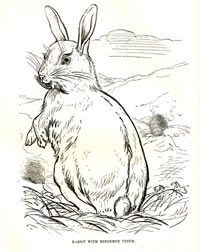
Style
Whether by chance or training White wrote in an easy to read style in English. At this period many scientific books were still written in Latin. Perhaps the more intimate style of a letter makes us feel as if White is writing to us personally. So even if some of the biological statements are no longer believed then the book commends itself as a work of literature.
The Book itself
There are more than 200 editions with endless allied books. A copy of the first edition is likely to cost around £3000 today but with so many versions the book can be acquired for just a few pounds and for a few tens of pounds many of the nineteenth and twentieth century editions can be obtained. Famous naturalists over the years have lent their names to various editions and, for example, the Kearton edition contains many period photos of Selborne. Some editions omit what were considered "unsuitable" phrases such as copulating tortoises and today we can look back in amusement as what was considered "unsuitable" Some editions omit the "Antiquities" part as having no relevance to "Natural History", some editions include additional letters to another naturalist (Marsham).
The keen modern naturalist can marvel at the great numbers of Ring-Ouzel in Hampshire, the numbers of migrant Hoopoes, Bee Eaters and Golden Orioles.The nostalgic can look back at a time of calm and rural contemplation. The general reader can read and feel they are chatting with a friend.
The Natural History of Selborne - a book with something for everyone.
Contributed by Cliff Tomaszewski
(Published on 10th Dec 2014 )


